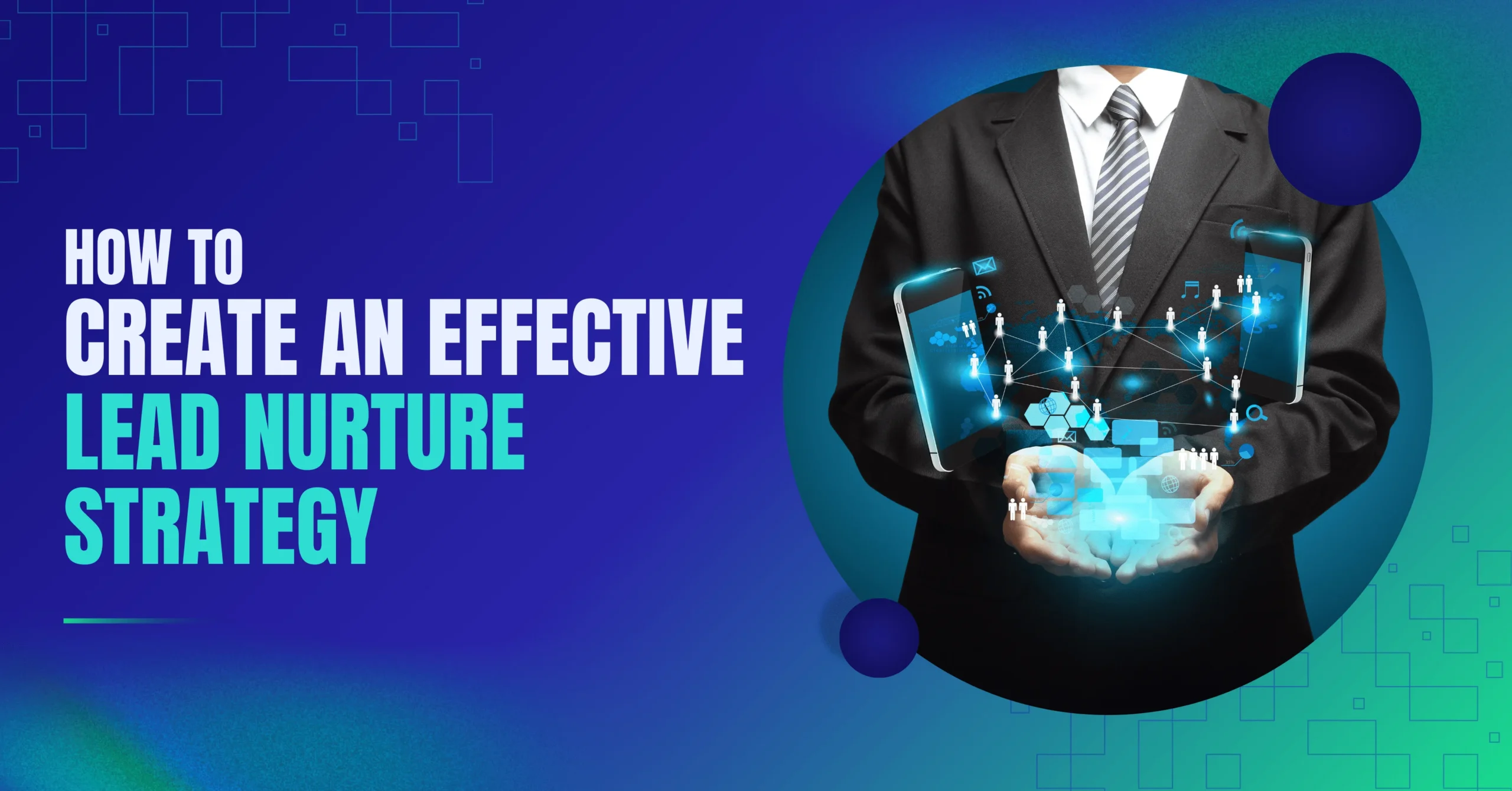When it comes to marketing, generating leads is only half the battle. You can have a steady stream of prospects filling your CRM, but if you’re not nurturing those leads effectively, many will go cold, disappear, or worse—end up converting with your competitor. That’s why a well-thought-out lead nurture strategy is essential.
Creating a lead nurture strategy is like building a bridge between awareness and conversion. You can’t just leap from one end to the other—you need to carefully guide leads through each step of their journey. But how do you create a strategy that not only keeps leads engaged but moves them closer to becoming customers? Let’s break it down.
Step 1: Start with Clear Goals
The foundation of any great lead nurture strategy begins with knowing where you want to go. What are your goals? Are you looking to convert leads into paying customers, or maybe you’re more focused on educating and warming up potential buyers over time? Every nurture strategy will look different depending on the answers to these questions.
A common mistake is to set broad, unfocused goals like “increase engagement” or “generate more sales.” These are good outcomes, but they don’t offer direction. Instead, define specific, actionable goals that can be measured, such as:
- Increase the conversion rate from MQL (Marketing Qualified Lead) to SQL (Sales Qualified Lead) by 15%.
- Reduce the time leads spend in the decision-making stage by providing relevant content.
Having precise goals will not only help you design your nurture strategy but also make it easier to measure success.
Step 2: Know Your Audience Through Targeting and Segmentation
Targeting the right audience is crucial to any marketing effort, and lead nurturing is no different. Once you’ve identified your goals, the next step is to get to know your leads. Not all leads are created equal, and treating them that way is a fast track to missed opportunities.
This is where segmentation comes into play. You need to group leads based on specific criteria—things like behavior, demographics, or where they are in the buyer’s journey. For example, leads who’ve downloaded an introductory eBook aren’t ready for a detailed pricing breakdown, while those who’ve signed up for a product demo might need a nudge to schedule a consultation.
Here are some common ways to segment your audience:
- Behavioral Segmentation: Group leads based on actions they’ve taken, such as visiting your website multiple times, opening certain emails, or downloading resources.
- Demographic Segmentation: Use factors like industry, job title, or company size to tailor your messaging.
- Lifecycle Stage: Where are they in your sales funnel? New leads, engaged leads, and those close to a buying decision all need different messages.
The key to effective segmentation is delivering the right content to the right people at the right time. Without segmentation, you risk sending generic messages that don’t resonate or, worse, turn off your leads.
Step 3: Craft Content That Resonates
Once you’ve segmented your audience, it’s time to create content that speaks to them. This is the heart of your lead nurture strategy. Each piece of content should align with your leads’ interests, needs, and the stage they’re in.
- Top of the Funnel (Awareness Stage): Leads here need educational content to help them understand their problem and how your solution fits in. Think blog posts, eBooks, and webinars that position you as a thought leader.
- Middle of the Funnel (Consideration Stage): At this point, leads are evaluating different options. Provide them with case studies, product comparisons, or whitepapers that highlight the value of your offering and address their pain points.
- Bottom of the Funnel (Decision Stage): Leads here are ready to make a decision, but they need that final push. Send them demos, free trials, or testimonials from satisfied customers to give them confidence.
Remember, nurturing isn’t just about pushing a sale—it’s about educating and building trust over time. Your content should always provide value, not just a pitch. That’s how you keep leads engaged and moving through the funnel.
Step 4: Automate and Personalize the Process
You’ve got your segments and your content plan in place—now it’s time for execution. One of the most efficient ways to handle lead nurturing is through automation, which ensures that your leads are receiving relevant content at the right time without you needing to manually manage each interaction.
Marketing automation platforms like HubSpot or Marketo allow you to set up workflows that automatically send targeted emails based on specific triggers. For example, if a lead downloads an eBook, they can be entered into a workflow that sends them a follow-up email with related content, gradually nurturing them along.
But here’s the kicker: automation doesn’t mean one-size-fits-all messaging. You can still personalize your automated emails by incorporating elements like the lead’s name, company, or specific interests based on past interactions. Personalization at scale is what sets an automated nurture strategy apart from traditional email blasts.
Step 5: Analyze, Optimize, and Iterate

Like any good strategy, lead nurturing isn’t a set-it-and-forget-it situation. Once your workflows and content are up and running, it’s crucial to regularly analyze performance. Are leads opening your emails? Are they clicking through to your content? And Are they moving through your funnel at the rate you’d expect?
Here are some key metrics to monitor:
- Open Rates: Are your subject lines compelling enough to get leads to open your emails?
- Click-Through Rates (CTR): Are leads engaging with your content, or are they dropping off before clicking?
- Conversion Rates: How many leads are moving from one stage of the funnel to the next? Where are they getting stuck?
Based on these metrics, you can tweak your approach. Maybe you need to test different subject lines, try different content formats, or re-evaluate your segmentation criteria. Lead nurturing is a dynamic process, and the best strategies are the ones that evolve over time based on real-world results.
Final Thoughts
Creating an effective lead nurture strategy is about more than just sending emails or automating processes. It’s about delivering value to your leads at every stage of their journey, guiding them from curious prospects to loyal customers with thoughtful, personalized, and timely engagement.
By clearly defining your goals, understanding your audience, crafting meaningful content, and using automation wisely, you can build a strategy that keeps your leads engaged and steadily moves them toward conversion. And as you fine-tune your approach with data-driven insights, your strategy will only get stronger over time.
If you need help designing or refining your lead nurture strategy, Brainiac Consulting is here to support you with expert insights and tools tailored to your business needs.




